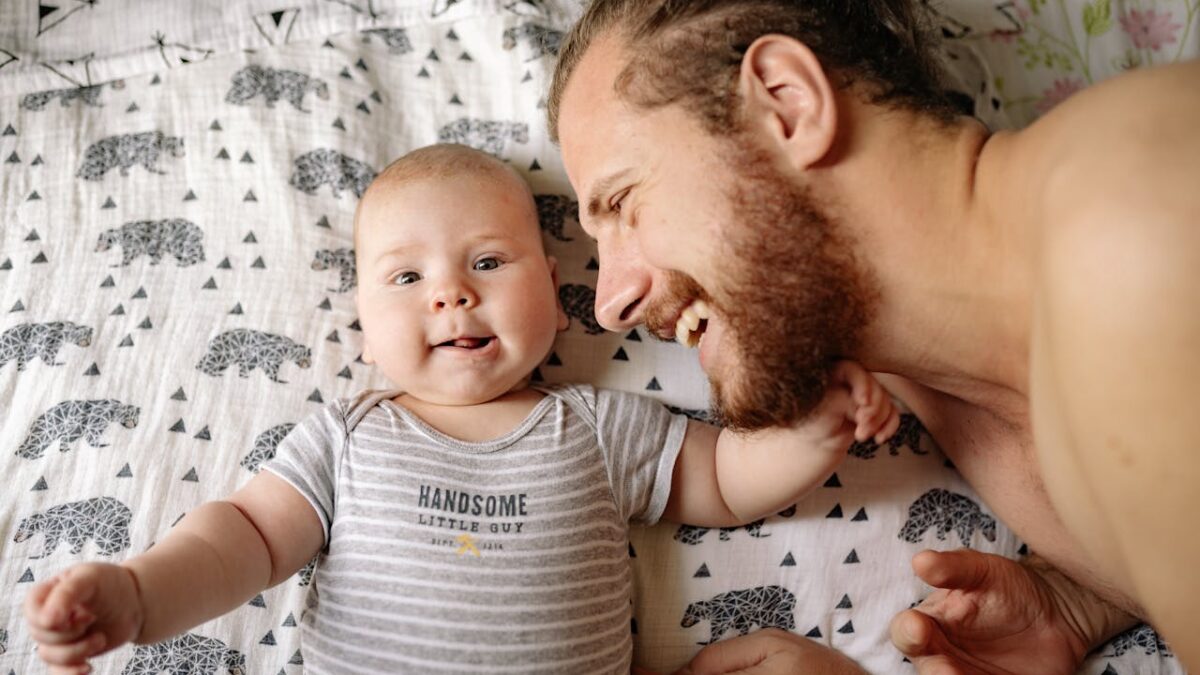
When The New York Times ran an article about the medical downsides of chest binding, LGBTQIAP+ people saw it as an attack and lashed back. While the Times was pointing out the very real, physical dangers that go with the practice of women binding their chests to repress their breasts and appear more male, trans advocates fought back with assertions of the psychological upsides of this barbaric practice.
Chest binding is undertaken by women and girls who believe themselves to be men or more closely aligned with the masculine side of the sex binary. For their external appearance to match how they look in the mirror of their minds, they use heavy-duty spandex—basically extreme sports bras—to push the flesh of their breasts down, suffocating the tissue, giving themselves a flat-chested look.
It is reported that these trans men and trans masc women afterwards feel better psychologically about their appearance and their standing in the world. With chests bound, they don’t have to look like women anymore, interact as women, or be treated like women.
The Burden of Growing Breasts
For girls entering puberty, or just coming out the other side of it, breasts can be a burden. A girl goes from being looked at as a child, a person with a certain measure of freedom, to someone who is sexually objectified.
This sexual objectification is done by those who are sexually attracted in a positive way, those who wish to do harm, and those who wish to protect young women from the pursuits of both of those interests. In many cultures, this is a time for girls to become more modest, put away the tree-climbing gear, and get comfortable with feminine responsibility. It’s no wonder that many girls don’t want to do it.
While there is much media attention on trans women and men who transition to trans femme, the plight of the girl who does not wish to be a woman is often overlooked. That’s what made this article in The New York Times so essential.
Girls who wish to present themselves as boys are given scant medical information, and trans advocates want them to get even less. Trans advocates even speak out against informing girls of the sterility risks associated with injections of testosterone. They fear this will make some girls who wish to transition not go through with it. Suicide risks are bandied about as though self-harm is an inevitable side effect, and that girls who are denied drastic medical intervention to their healthy bodies will necessarily do themselves in.
Young people who are determined to live as the opposite sex have the freedom to do so. Girls can dress in masculine-presenting clothes, just as boys can don the stereotypical garb of girls and wear dresses and makeup. But when it comes to medically transitioning healthy bodies, medical opinions should be made available. When women and girls are not given the necessary medical information required to make an informed decision, medical professionals and the trans community are doing them a disservice.
The New York Times Didn’t Do Anything Wrong
Trans activists were most angered by a 2017 study the Times cited:
[The study] looked at 1,800 transmasculine adults with a median age of 23. Seventy-eight percent of respondents said they had bound for over a year, over half bound an average of seven days a week, and 66.6 percent were interested in top surgery. An additional 13.1 percent had already had the surgery.
Participants reported a statistically significant improvement in mood after binding. They also reported decreased gender dysphoria, anxiety and depression. As for physical effects, 97.2 percent of the group that bound reported at least one negative physical symptom, such as back pain, overheating, chest pain and shortness of breath. Other symptoms included numbness, bad posture and lightheadedness.
Jezebel took issue with this citation:
The Times reported on the study’s findings, but rather than interrogating the benefits outlined, it focused almost exclusively on the medical risks. The Times interviewed only one trans person undertaking the practice—quoting the teen about his pain, but not the reasons he bound his chest, or how doing so affected his mental health.
That 97.2 percent of respondents to the 2017 survey reported at least one negative physical symptom is not what’s important either to Jezebel, the hordes on Reddit, or Shannon Keating of BuzzFeed News, who tweeted the Times article with the caption: “Today’s anti-trans scaremongering from the NYT: an entire story framed to highlight the physical downsides of chest binding. No mention of trans youth suicide rates. No quotes from GNC people for whom binding is lifesaving. Who gets quoted, tho? Anti-trans hate group 4thWaveNow.”
https://twitter.com/skeatings/status/1134447470438768640?s=20
4thWaveNow is the furthest thing from a hate group. Instead, their site is “a supportive place for parents and others concerned about medical transition of minors and young adults. Many 4thWaveNow contributors are parents of young people who experienced rapid onset gender dysphoria at adolescence, sometimes called ROGD.” These are primarily parents who are concerned about the rapid transformation of their children under guidance from a medical community that is more focused on supporting the suppositions of questioning youth than truly advocating for their psychological and physical health.
Attempting to Cover Their Tracks
The backlash against The New York Times was severe enough that the paper issued a call for those who have experience with chest binding to share their experiences. Is this something that would be done with female genital mutilation? Breast ironing? Foot binding? How has something as painful and harmful as chest binding, with documented long-term downsides, become the purview of emotion and not medicine? Trans advocates are more interested in supporting their ideology than individuals who suffer from trans activist-pushed misinformation campaigns.
When the medical and psychiatric industry is more concerned with covering their own backs against the onslaught of trans advocacy vitriol than truly caring for the needs—not just the immediate wants—of their patients, parents must speak out. That’s what 4thWaveNow is all about.
They do not deny that some adolescents will go on to fully transition. Still, the numbers of transitioning youth have drastically swelled, which has led them to rightfully question the practices of transgender affirmation as the first and only line of treatment.
Chest binding is akin to the practices of female genital mutilation and chest ironing, only instead of being implemented by parents seeking to disrupt their daughters’ sex lives, it is being undertaken by girls rebelling against the femaleness of their bodies. The more transgender ideology infiltrates culture, the more girls hear that to be female means to be ultra femme and that any form of female expression that deviates from that must be male. This is directly harming young people by giving the impression that the way they are is not good enough, and that they need to change their appearance to be acceptable.
This is the same kind of barbarism perpetrated on girls in the developing world who are victimized for their emerging sexuality, and the same kind Western feminists used to fight against. Ideas that women and girls need to conform are not new. Physically invasive treatments for the psychological problems of women and girls have been around for generations. What is new is having these girls speak out, having so willingly internalized a misogyny that would destroy women, and advocate for their right to self-harm with the approval of medical professionals and caregivers alike.









